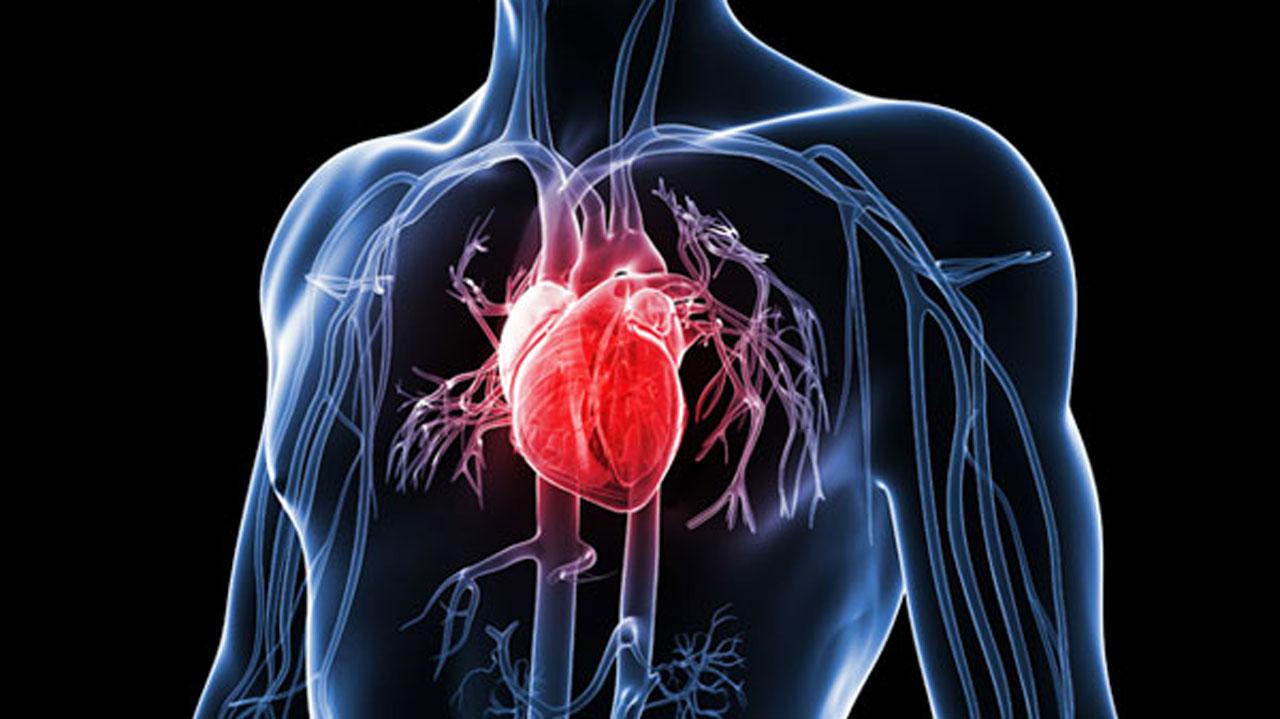Prospective Study on the Treatment of Elderly Hypertensive Patients with Arrhythmia
1. Introduction
This is a prospective study on the treatment of elderly hypertensive patients with concomitant arrhythmia. The research aims to evaluate the efficacy and safety of coenzyme Q10 in the treatment of this patient population.

1.1 Study Population
The study included 104 elderly hypertensive patients with concomitant arrhythmia. The inclusion criteria required the patients to meet the diagnostic criteria for hypertension and confirm the presence of arrhythmia through dynamic electrocardiography. The diagnosis was further confirmed based on clinical manifestations, medical history, physical examination, electrocardiography, and echocardiography. Exclusion criteria included secondary hypertension and refractory hypertension.
1.2 Methods
The control group received conventional treatment, including oral antihypertensive medications such as benazepril, digoxin, spironolactone, and metoprolol tartrate, along with exercise and a low-salt, low-calorie diet. The study group received additional oral supplementation of coenzyme Q10 in addition to the control group treatment. Both groups underwent treatment for 3 months.
1.3 Observational Parameters and Evaluation Criteria
The observational parameters included efficacy, blood pressure, electrocardiographic indicators, endothelial cell function, and oxidative stress markers. The evaluation of efficacy was based on symptom improvement and blood pressure control. Blood pressure indicators were assessed by measuring systolic and diastolic blood pressure. Electrocardiographic indicators included QT interval and QT dispersion. Endothelial cell function assessment involved the measurement of nitric oxide, endothelin-1, and vascular dilation function. Oxidative stress markers included malondialdehyde, reactive oxygen species, glutathione peroxidase, and superoxide dismutase.
Results
The results of the study showed that the overall effective rate in the study group was higher than that in the control group, with a statistically significant difference. After treatment, the study group had lower blood pressure levels compared to the control group, with a statistically significant difference. Additionally, the study group showed better results in terms of electrocardiographic indicators, endothelial cell function, and oxidative stress markers.
3. Discussion
Long-standing hypertension can lead to changes in myocardial function and structure, resulting in various forms of ventricular and supraventricular arrhythmias, with atrial fibrillation being the most common. The occurrence of arrhythmia not only exacerbates the progression of hypertension but also poses a significant threat to the patient’s life. Hypertension combined with arrhythmia is closely related to many factors, with long-standing hypertension being the dominant factor. Most patients experience significant improvement in arrhythmia symptoms after eliminating the related triggering factors. Therefore, the basic principles of clinical treatment for hypertensive patients with arrhythmia are to maintain blood pressure stability with antihypertensive medication and improve cardiac function to reduce arrhythmia symptoms. However, clinical practice has shown that some patients have difficulty achieving the desired results with conventional treatment, and long-term medication can lead to adverse reactions. Coenzyme Q10 is an endogenous antioxidant synthesized by the human body, and in recent years, it has received widespread attention from researchers for its potential to lower blood pressure and its positive effects on hypertension. A large-scale open-label study confirmed that coenzyme Q10 not only has a significant antihypertensive effect but also exhibits cardioprotective effects.
